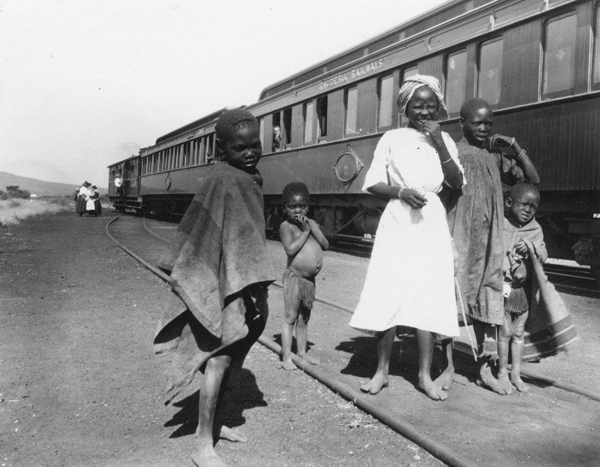Peter Nestler: 05
Jean-Marie Straub once strikingly characterized Peter Nestler as a “Documentarian Not Reconciled”. Here is a filmmaker, he suggested, who does not seek to capture reality to make it correspond to preconceived conceptions. He simply attends to what is before him: to people and their everyday environment, their roles in processes of production and change, their testimonies of injustice and resistance. Most of all, he lets people speak, rather than speaking for them, putting confidence in what they have to say, rather than reiterating what they are expected to say. This is how the filmmaker succeeds in framing the world anew: by paying the utmost attention to concrete realities and voices that are all too often ignored or discarded. Hartmut Bitomsky, another avowed admirer of Nestler’s work, described this approach as one of Finden, Zeigen, Halten (finding, showing, holding): like an archaeologist patiently and meticulously digging into the soil of material life, uncovering and preserving traces of histories that continue to haunt the present.
_______________
In the presence of Peter Nestler.

